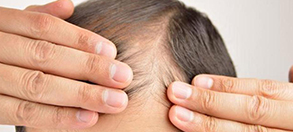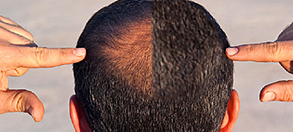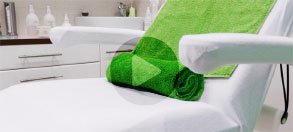Contents
Hair Transplant Aftercare
Anyone who has had a hair transplant in the past can tell you that the actual surgical procedure is simple and does not impose many issues for the average patient to stress out over. Post-op treatment, however, will require you to plan ahead and take precautions in order for your scalp to heal properly.
It is important that you learn ahead of time what you should do and what you should not do following a hair restoration procedure. Your hair loss specialist will provide you with plenty of information on what to expect after hair transplant procedures that will help you care for your head and scalp, including treatment for the transplant site. Follow these instructions carefully and refer back to them any time you are unsure about how to care for your scalp. You can also help yourself by learning as much as you can about the hair transplant process and how to care for your scalp in the days following the procedure.
What You Need to Know About After-Hair-Transplant Care
After hair transplant surgery, it will be necessary to take care of both the recipient and donor sites. You should find out if your surgeon or the hair transplant facility can provide you with post-op instructions prior to your FUT or FUE hair transplant procedure so that you can become more familiar with them. This will give you an adequate amount of time to go over all of the steps and memorize them so that you are less likely to make any mistakes.
It is best to sleep in an elevated position on pillows at a 45-degree angle, if possible.
Keeping your scalp clean during this time is very important. On the second day of recovery, it is usually safe to gently spray the scalp and let it air dry. Doing so will also help to remove scabs that may have formed in the transplant area. Your scalp should clear up within days after the procedure
While you will need to use caution during the first week, it is generally safe to resume normal shampooing, brushing, and hair care after the doctors instructions are followed. By this time, the grafts should be firmly in place. It is also possible to have a haircut at this time; however, if you wish to dye your hair, you should wait until at least four weeks have passed before doing so.
What to Expect After Hair Transplant Procedures
After hair transplant surgery and before the first wash, you should keep the recipient area moisturized by spraying it with a water. This will not only help to promote healing, but it will also decrease the itching of the scalp. It is very important that you do not scratch the recipient area. Instead, try to spray ice cold water to cool the area.
Like with any procedure, swelling may occur. Swelling is a perfectly normal side effect, and holding ice packs to the swollen area several times a day can help to decrease the appearance of swelling faster.
Hair growth after hair transplant surgery may be minimal at first, and you may even begin to lose some hair around the transplant sites. This is known as shock loss or telogen effluvium and is a common side effect associated with hair transplant procedures. This temporary hair loss generally occurs around the recipient incisions and will have an effect on your existing hair. When your terminal hair is lost, it will grow back over time after it has gone through the normal resting phase.
Dr. Jezic’s Hair Transplant Center
Dr. Jezic’s Hair Transplant Center is the ideal place to go if you have concerns about hair loss or hair thinning. Their hair transplant technologies are geared toward improving the appearance and confidence level for their male clientele. The hair loss experts at Dr. Jezic’s Hair Transplant Center have the training and experience necessary to provide you with the quality results that you desire. Contact them today to find out more about the hair transplant services they have to offer and to set up an initial consultation with Dr. Jezic.


